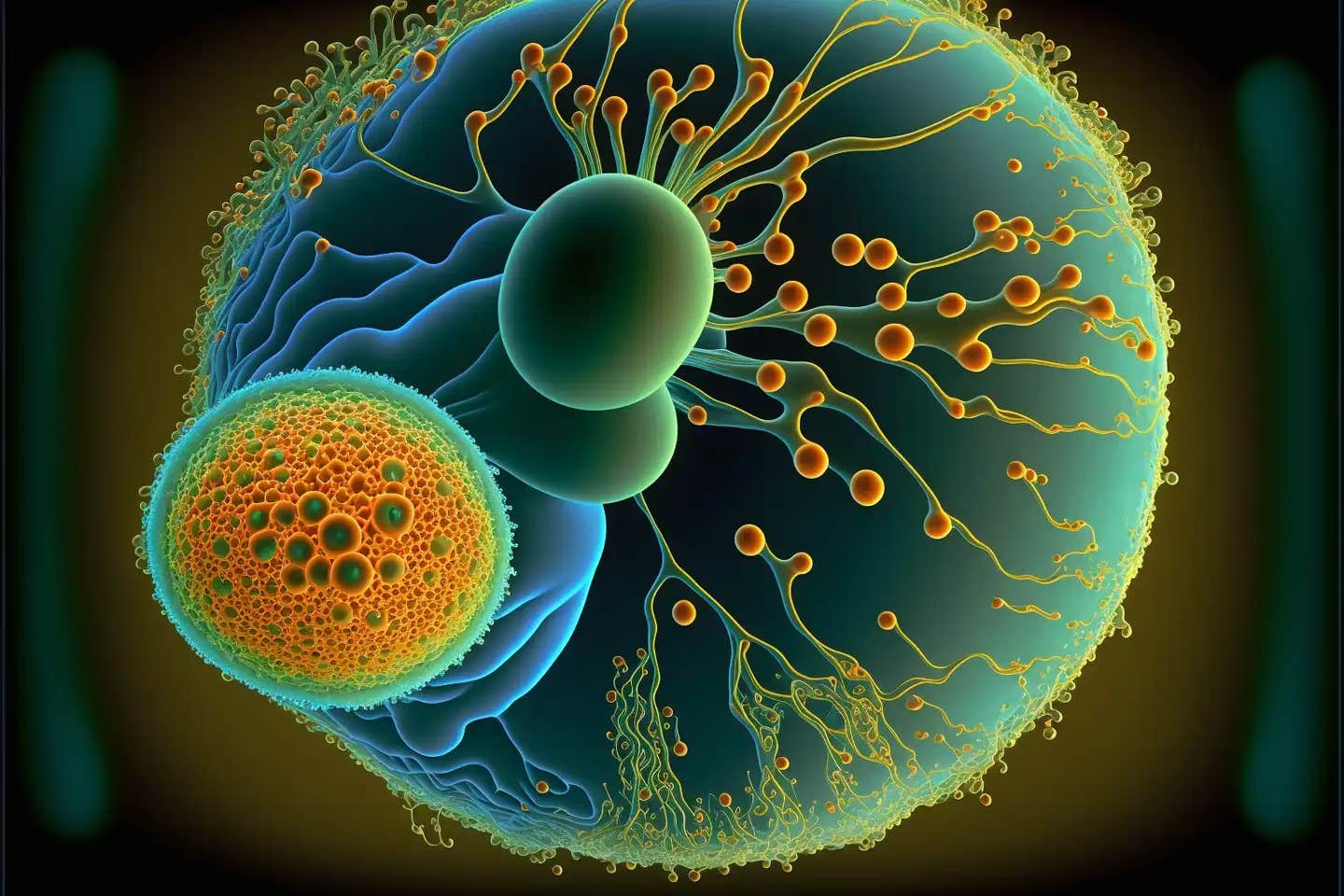Scientists target ‘dormant’ stem cells to defeat leukemia
A team of researchers has made a breakthrough by identifying some of the genetic and energetic characteristics of stem cells, notably a specific iron utilization process

Stem cells. Acute myeloid leukemia (AML) is the most prevalent blood and bone marrow cancer in adults.(CREDIT: DVC Stem)
Acute myeloid leukemia (AML) is the most prevalent blood and bone marrow cancer in adults. This aggressive disease, marked by an overproduction of immature cells that destroy and replace healthy blood cells, proves lethal for about half of those under 60 and 85% of older patients.
One major obstacle in treating AML is the presence of "dormant" or "quiescent" leukemic stem cells (LSCs). These cells can evade chemotherapy, remaining undetected and later reactivating the disease after treatment seems successful. Thus, targeting these resilient cells is crucial, yet their controlling mechanisms are still not well understood.
Researchers from UNIGE, HUG, and Inserm are shedding light on LSCs by identifying their unique genetic and metabolic characteristics. Their findings, published in Science Translational Medicine, offer new insights and potential therapeutic targets.
Using advanced bioinformatics techniques, the team discovered a unique genetic signature of 35 genes in quiescent cells. Dr. Petros Tsantoulis and his team from the Department of Oncology and Precision Oncology at HUG collaborated on this discovery. "When we applied this signature to large clinical databases of AML patients, we found it was strongly linked to the disease's prognosis," explains Jérôme Tamburini, an associate professor at UNIGE and a staff physician at HUG.
The study also reveals a metabolic difference between dormant and active LSCs. Generally, cells survive by breaking down nutrients to produce energy, a process involving autophagy, which recycles cellular components. The scientists found that dormant LSCs rely on a specific form of autophagy called "ferritinophagy," targeting ferritin, the main iron storage molecule.
Related Stories
"This process is mediated by a protein called NCOA4, which controls iron availability in cells," says Clément Larrue, an Inserm researcher. By inhibiting NCOA4, either genetically or chemically, they observed that leukemia cells, especially dormant stem cells, were more likely to die, while healthy blood stem cells remained unaffected.
Experiments with mouse models confirmed that blocking NCOA4 reduces tumor growth, viability, and the self-renewal of LSCs. This suggests that targeting ferritinophagy through NCOA4 inhibition could be a promising therapeutic strategy. The compound used to block NCOA4 is currently in early development for future clinical trials, led by Jun Xu, a professor at Sun Yat-Sen University in China.
The next phase for the UNIGE team involves further exploring ferritinophagy and its relationship with mitophagy, another key mechanism regulating LSCs. This ongoing research is supported by the Swiss Cancer League.
In understanding AML and its treatment challenges, you now see the critical role of dormant LSCs and the innovative approaches scientists are developing to target them. This research not only offers hope for more effective therapies but also underscores the importance of continued investigation into the mechanisms of leukemia.
Note: Materials provided above by The Brighter Side of News. Content may be edited for style and length.
Like these kind of feel good stories? Get The Brighter Side of News' newsletter.



